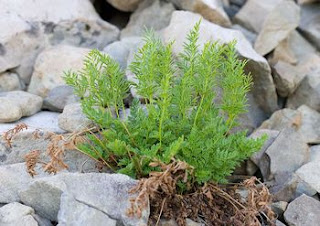What kinds of sharks live in Puget Sound?
The Puget Sound is home to 11 species of sharks. Of these 11, three that are seen regularly are the Spiny Dogfish, the Sixgill Shark and the Brown Cat Shark. To learn more about all 11 species of sharks, a general overview of them can be found on the Burke’s “Key to the Fishes of Puget Sound” website.
Of the resident sharks, the Basking Shark can grow up to 40 or perhaps even 45 feet in length, but rarely over 32 feet long and is the largest of them all.
Basking Shark, image courtesy of Chris Gotschalk/Wiki Commons
Fortunately for those brave enough to conquer the freezing waters of the Sound, these 11 species of sharks are generally docile. Many of them live in deeper waters, making their human sightings rare. Sharks often get a bad reputation but only a few species have been known to attack humans, and when they have, it is often a case of mistaken identity.
As important members of the marine food chain, sharks are vital to the Puget Sound’s ecosystem. For example, Spiny Dogfish help keep local fish populations healthy by preying on the weakest. By eating fish that are caught sustainably, we can help ensure the future of Puget Sound sharks and our local fishing economy. Purchasing fish that are well managed and caught in environmentally friendly ways helps keep their numbers strong for animals and people alike.
The Burke Museum partners with the Seattle PI's Big Blog to answer commonly asked questions about the natural and cultural history of our region. This post originally appeared on the Big Blog on June 26.
Got a question for next time? Send it here!






